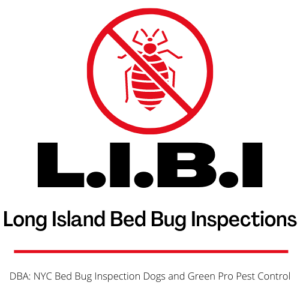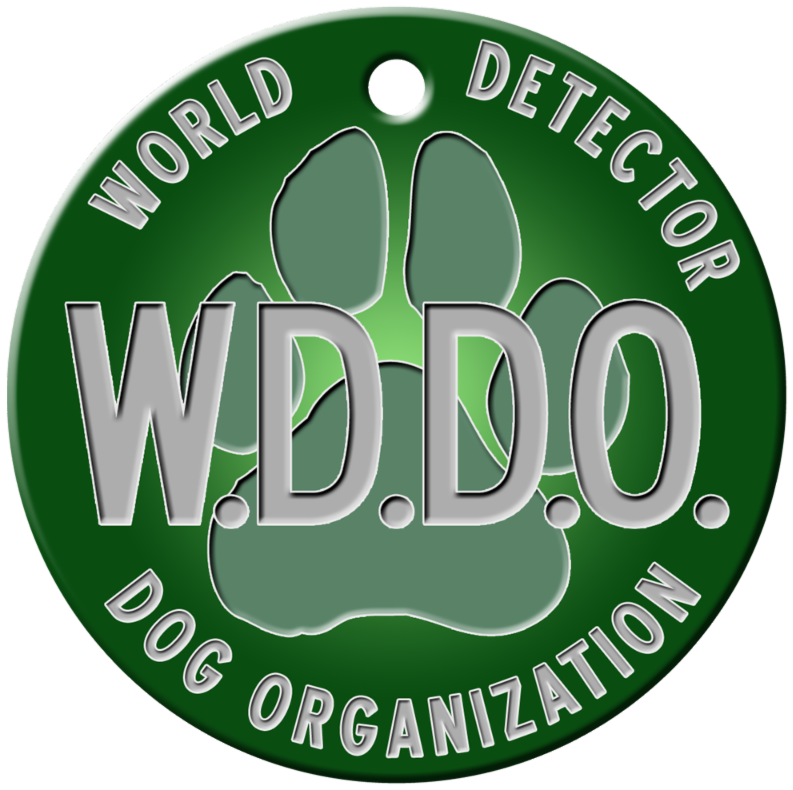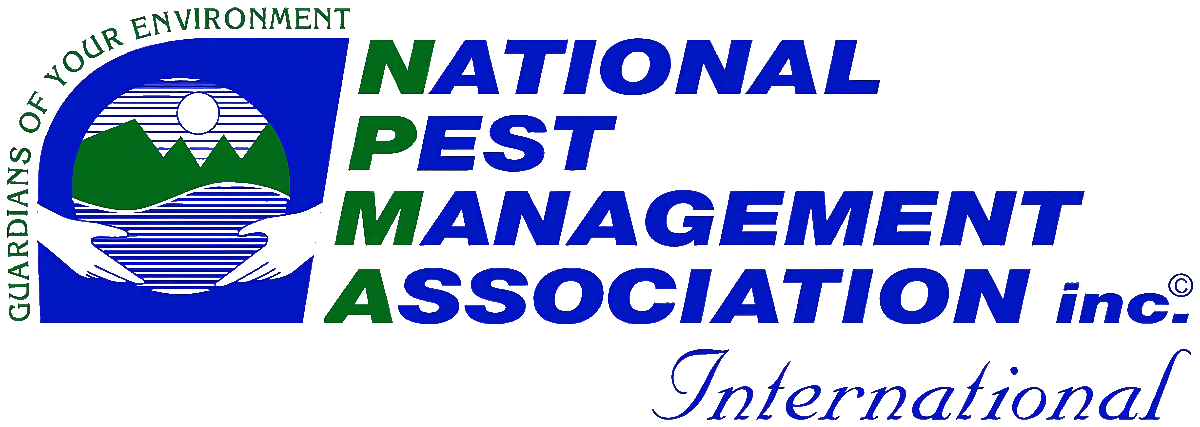Bed bugs have been our unwanted companions since humans first began to walk upright. These parasites infest our homes and workplaces while feeding on our blood. Managing bed bug infestations has been a constant challenge due to their rapid reproduction, resistance to general pesticides, and ability to hide in the tiniest of spaces. The growing resistance to the more common chemical pesticides has driven a need for safe, sustainable and, most importantly, effective control strategies.
Integrated Pest Management (IPM) is an holistic and environmentally sensitive approach to controlling bed bugs. IPM blends multiple tactics that prioritize prevention, monitoring and a minimal use of chemical pesticides to achieve total bed bug elimination.
Core Principles
Integrated Pest Management emphasizes a combination of techniques to reduce bed bug populations while minimizing risks to human health and the environment. This comprehensive method incorporates the following key elements:
-
Prevention – Prevention is the first line of defense against bed bug infestations. This begins by eliminating hiding places for these troublesome pests. Reducing clutter as well as sealing cracks and crevices in walls and furniture helps limit potential hiding places.
-
Monitoring – Monitoring is important to identify the presence and extent of a bed bug infestation as early as possible. Regular inspections for furniture, bedding and baseboards can help to spot the early signs of bed bug activity. Using bed bug interceptors to trap crawling pests can also help in early identification.
-
Assessment – Assessing the level of infestation begins with accurate identification of the pests. Different pests require different management approaches. Mistaking fleas or carpet beetles for bed bugs can often lead to unnecessary (and ultimately unsuccessful) treatments.
-
Control – IPM integrates a variety of control methods tailored to the severity of the infestation. These typically include non-chemical methods such as heat treatments and steam treatments as well as more traditional chemical-based treatments using insecticides.
- Follow Through – Follow up is critical to the success of any pest management strategy. IPM control measures routinely involve regular follow-up inspections of treated areas to confirm elimination of bed bugs and the implementation of re-treatment techniques when necessary.
Primary Benefits of IPM for Bed Bug Control
Implementing an integrated pest management strategy for bed bugs offers several distinct advantages for homeowners and property managers. The most obvious benefits include:
-
Effective Pest Control – The first and most important advantage of IPM is the results. An holistic approach to pest control increases the likelihood of eradication bed bug infestations before they can spread to other environments.
-
Reduce the Use of Pesticides – Prioritizing the use of non-chemical control methods helps to minimize the reliance on insecticides. This reduces risks to the environment while protecting the health of families and their pets.
-
Cost Efficient – Preventive measures and targeted treatments generally result in lower pest control costs for families and business owners.
-
Sustainable – IPM promotes long term pest control solutions by targeting root causes of infestations and preventing recurrence.
Challenges of IPM for Bed Bug Control
While integrated pest management has much to offer both businesses and individuals there are some potential disadvantages. The challenges of IPM are largely a matter of scale and education. For example:
-
Labor Intensive – Regular inspections, monitoring, and treatment applications can take significant time and effort. For families and smaller businesses the fully formed IPM strategy may not be cost effective.
-
Pesticide Resistance – The overuse, or misuse, of insecticides can lead to bed bug populations developing a resistance to some of the more common chemical-based treatment options. This can potentially complicate long term control strategies.
-
Resistance to Change – For many people pest control is a simple, if unwanted, process. You notice an infestation and you call a professional pest control service in to address the problem. In an ideal world it would be a one-and-done procedure. IPM is a multi-faceted long term approach to controlling bed bug populations. Some homeowners and business owners can be hesitant to adopt new practices.
IPM Strategies for Bed Bug Control Bring Long Term Results
Integrated Pest Management is a more effective approach to controlling bed bugs. Combining prevention, monitoring, and targeted interventions, IPM addresses current infestations while reducing the likelihood of future outbreaks.
While there are challenges to overcome, the benefits of integrated pest management far outweigh any potential drawbacks. Adopting innovative strategies enhances the success of IPM programs and ensures better control and elimination of bed bug populations. As infestations continue to pose challenges globally, IPM provides a sustainable path forward, balancing efficacy with environmental and public health considerations.
Published by Scott Palatnik
We are Bedbug Inspection & Elimination specialists.
From Manhattan to Montauk and all points in between.
Got questions?
We got answers.
Give us a call @ 516-619-6149


